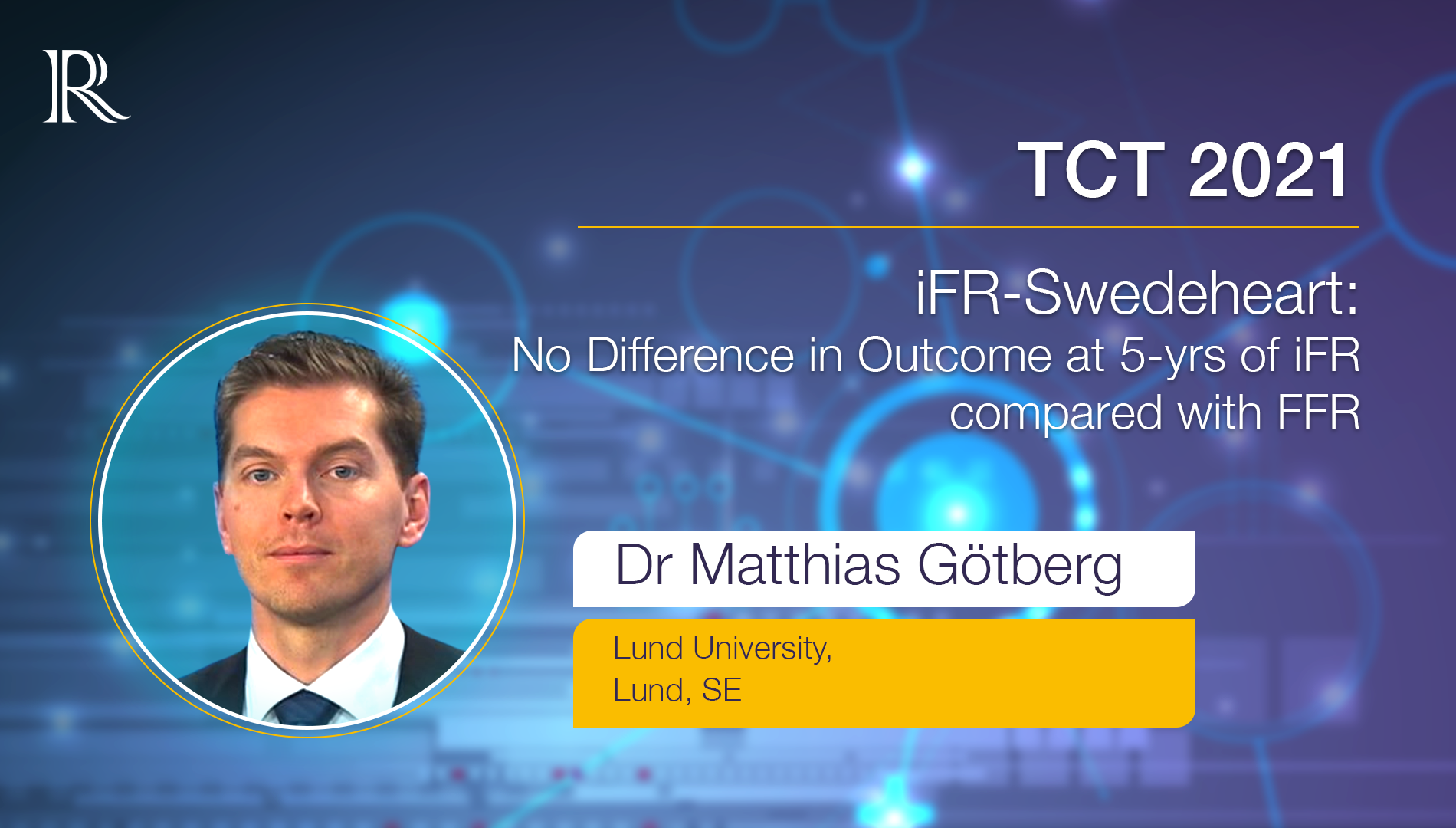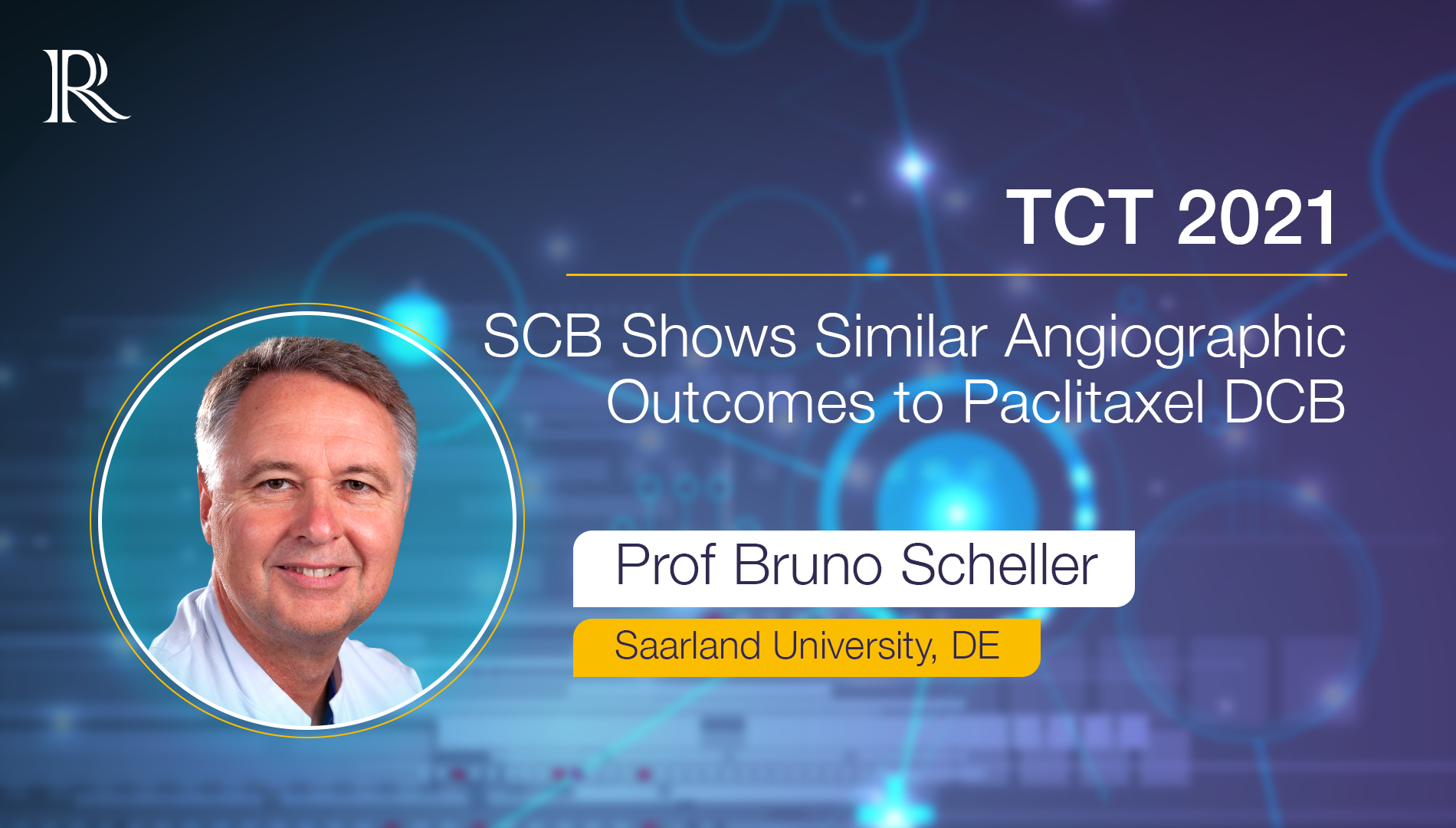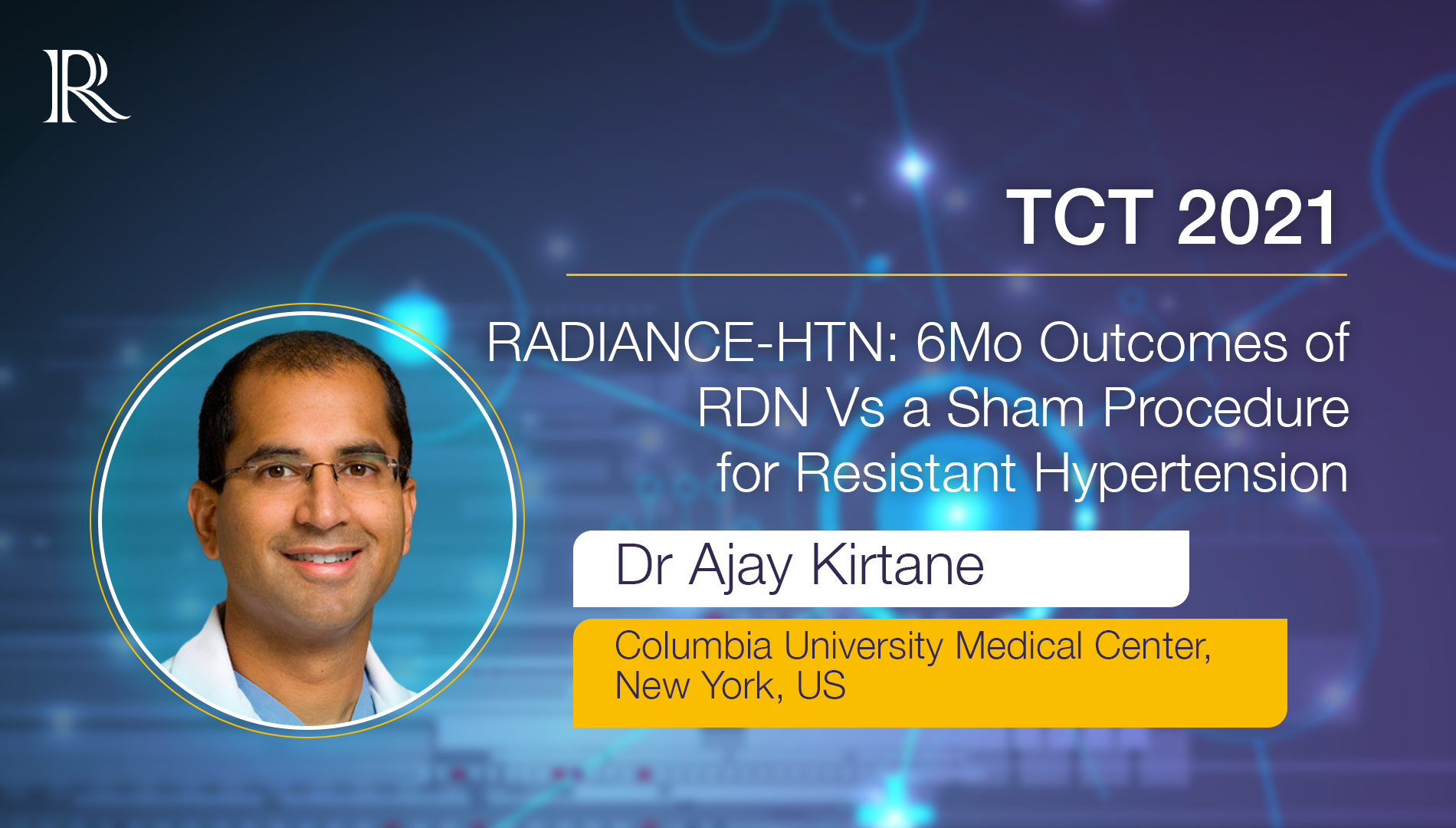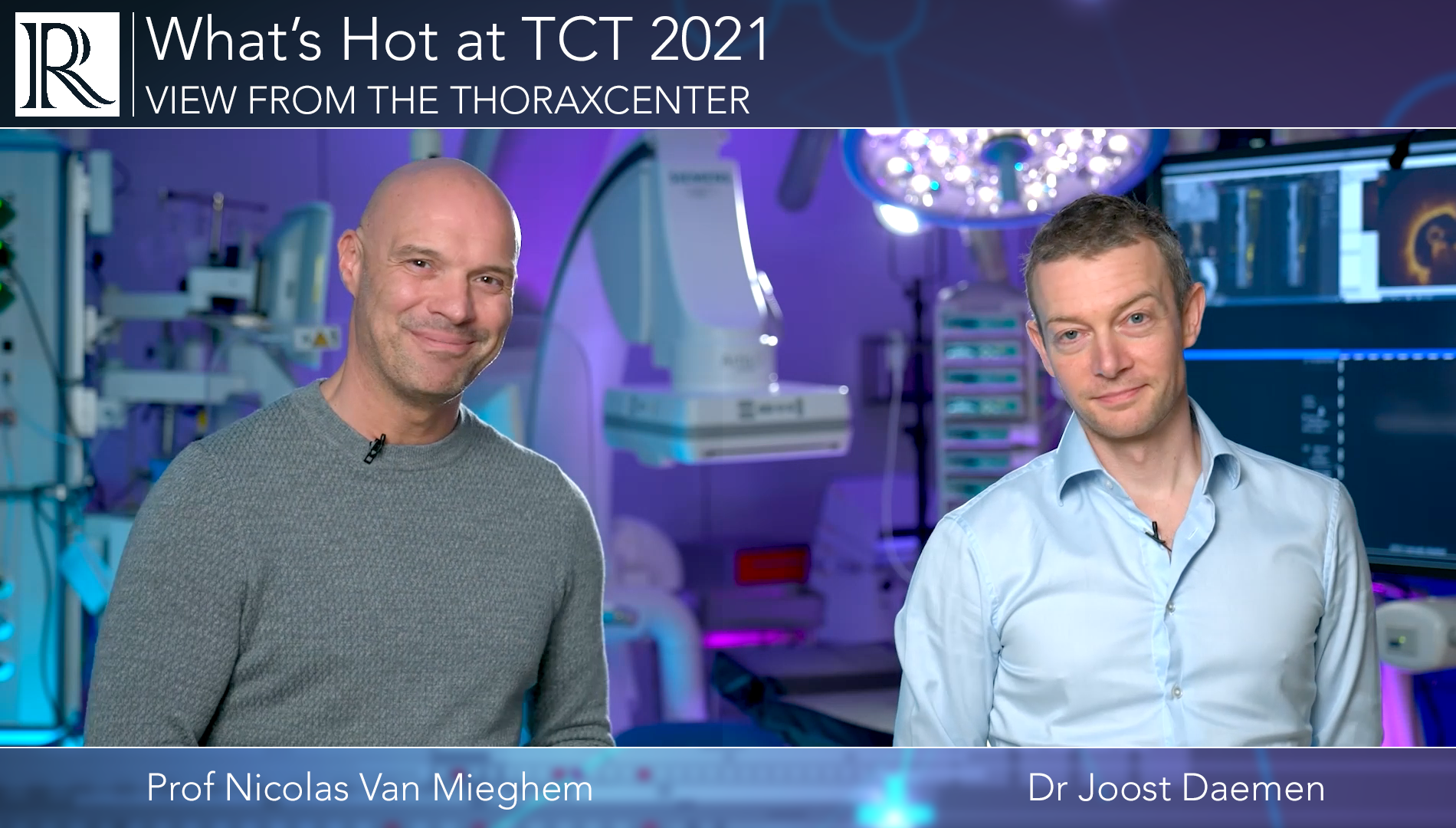- My name is Matthias Götberg. I'm an Interventional Cardiologist at Skåne University Hospital in Lund, in Sweden. And the topic of today's lecture is iFR versus FFR-guided coronary revascularization. And it's a five-year data of iFR-SWEDEHEART.
Importance of the Study
Well, we know that iFR is equally good as FFR when it comes to accurately detecting ischemia. But previously we didn't have any outcome trials. In other words, no trials saying whether iFR was equally good as FFR in terms of outcome, both short-term and long-term outcome.
Study Design and Patient Population
iFR-SWEDEHEART was a 2,000-patient register-based randomised clinical trial. Our RCT is a trial based on utilising national quality registers as an electronic case report form. So for us, it's a way of inputting baseline characteristics, data inputs, online randomization and also follow-up. And it's a proven pragmatic and cost-effective trial design that utilises these registers and is facilitated by the fact that we have unique personal identifiers in Scandinavia, allowing us to track all patients with 100% follow-up. iFR-SWEDEHEART was a non-inferiority trial. In other words, we checked if iFR was non-inferior to FFR regarding composite of all-cause mortality, MI, and unplanned revascularization at one year. And we needed 2,000 patients with 85% power to test the hypothesis. The patients were randomised in a one-to-one fashion between iFR and FFR guided revascularization, depending on the cut-off points for iFR and FFR respectively. And the primary outcome that proves that percentage and published that in the New England Journal of Medicine. And today I'm presenting the final five-year follow-up of the trial.
Key Findings
So, the key findings in terms of long-term outcome, is that looking at the composite endpoints at five years of all-cause deaths, Myocardial infarction, non-planned revascularization, the iFR event rate was 21.5%. and the FFR event rate was 19.9%, with a hazard ratio of 1.09, showing no difference in the composite endpoint compared with FFR at five years.
We also looked at the components of the composite endpoints. In other words, all-cause mortality, Myocardial infarction, and non-planned revascularization separately, and we couldn't find any difference between the two groups. We also looked at the composite endpoint, but did a subgroup analysis looking at age, gender, hypertension and other pre-specified subgroups and we couldn't see any difference at all between the two groups. So, we can say that in all different subgroups and all the constituents, and in the composite endpoint we couldn't find any difference between iFR and FFR at five years.
Patients Who Would Benefit from iFR-guided Revascularization
iFR-SWEDEHEART had about two-thirds of patients with stable angina, a little more than one-third of patients with other unstable angina or non-STEMI. So, it's really those two populations that we can say that with certainty, that iFR has no difference, in terms of long-term outcome compared with FFR. We haven't investigated any other group than that, but it's mainly the STEMI subgroup that could be of interest to investigate further in terms of outcome.
Take-home Messages
So, the take home messages of iFR-SWEDEHEART long-term outcome, is that there's no difference between the two groups in terms of long-term outcome, [Inaudible] of subgroups when the constituents of department composite outcome.
In other words, iFR is quicker, easier, cheaper, and has no side effects for the patients. And I think this is important because what it really does, it lowers the threshold for performing physiology. And now that we know that long-term outcome is no different from FFR, that's really the last piece of the puzzle.
Next Steps
Then the next steps, is really investigating further whether iFR has any benefit beyond what FFR has proven to have. And we know for instance, that when you perform an iFR-guided pullback, you actually miss out on one in five patients that actually have ischaemia if you do an angio-guided revascularization.
So, the next step really is trying to integrate that, combining iFR pullback with a co-registration using SyncVision and see whether that improves outcome. And DEFINE PCI showed obviously that there was more defined in terms of ischaemia, but DEFINE GPS is really looking at outcome. and this is very important, and we've actually started enrolling in the trial and we'll probably see data in the coming few years.
TCT 2021: Late-breaking Science Video Collection
Published: 09 November 2021
-
Views:
 2343
2343
-
Likes:
 7
7
-
Views:
 2343
2343
-
Likes:
 7
7
-
 Up Next
Up Next -
 8m 19s
8m 19s -
 7m 32sPart 2 | Session 4 CHOICE-CLOSURE: Plug-based Vs Suture-based Large-bore Vascular Closure
7m 32sPart 2 | Session 4 CHOICE-CLOSURE: Plug-based Vs Suture-based Large-bore Vascular Closure -
 7m 27sPart 2 | Session 5 TRISCEND II: 6Mo Outcomes Show TR Reduction in Majority of Patients
7m 27sPart 2 | Session 5 TRISCEND II: 6Mo Outcomes Show TR Reduction in Majority of Patients -
 8m 8sPart 2 | Session 6 SCB Shows Similar Angiographic Outcomes to Paclitaxel DCB
8m 8sPart 2 | Session 6 SCB Shows Similar Angiographic Outcomes to Paclitaxel DCB -
 3m 37sPart 2 | Session 7 Intrepid TMVR: Results Show Improved NYHA Class at 30 Days
3m 37sPart 2 | Session 7 Intrepid TMVR: Results Show Improved NYHA Class at 30 Days -
 6m 43s
6m 43s -
 4m 44s
4m 44s -
 4m 28sPart 2 | Session 10 BIO-RESORT: 5Y Outcomes
4m 28sPart 2 | Session 10 BIO-RESORT: 5Y Outcomes -
 10m 19sPart 2 | Session 11 OPTIMUM Registry: PCI in Patients at Prohibitive Risk for CABG
10m 19sPart 2 | Session 11 OPTIMUM Registry: PCI in Patients at Prohibitive Risk for CABG
-
 22m 43sPart 1 | Session 1 What's Hot at TCT 2021: View from the Thoraxcenter Nicolas M Van Mieghem, Joost Daemen
22m 43sPart 1 | Session 1 What's Hot at TCT 2021: View from the Thoraxcenter Nicolas M Van Mieghem, Joost Daemen
-
 22m 33sPart 1 | Session 2 View from the Thoraxcenter: TCT 21 Late-breaking Science Wrap Up Nicolas M Van Mieghem, Joost Daemen
22m 33sPart 1 | Session 2 View from the Thoraxcenter: TCT 21 Late-breaking Science Wrap Up Nicolas M Van Mieghem, Joost Daemen
-
 10m 32sPart 2 | Session 1 FAME3: PCI Guided by FFR Didn't Meet Noninferiority for 1Y Outcomes Compared to CABG William Fearon
10m 32sPart 2 | Session 1 FAME3: PCI Guided by FFR Didn't Meet Noninferiority for 1Y Outcomes Compared to CABG William Fearon
Overview
Our regular review series View from the Thoraxcenter hosted by Prof Nicolas Van Mieghem and Dr Joost Daemen (Thoraxcentre, Erasmus MC, Rotterdam, NL) provide a concise and insightful preview of the late-breaking science presented at TCT 2021.
Short, accessible Expert Interviews will be available conducted with select faculty focusing on the results, applicability, and impact on future research.
More from this programme
Part 1
View from the Thoraxcenter: Preview of the Late-Breaking Trials
Part 2
Expert Interviews
Short, accessible Expert Interviews were conducted with select faculty focusing on the results, applicability, and impact on future research.
Faculty Biographies
Transcript





